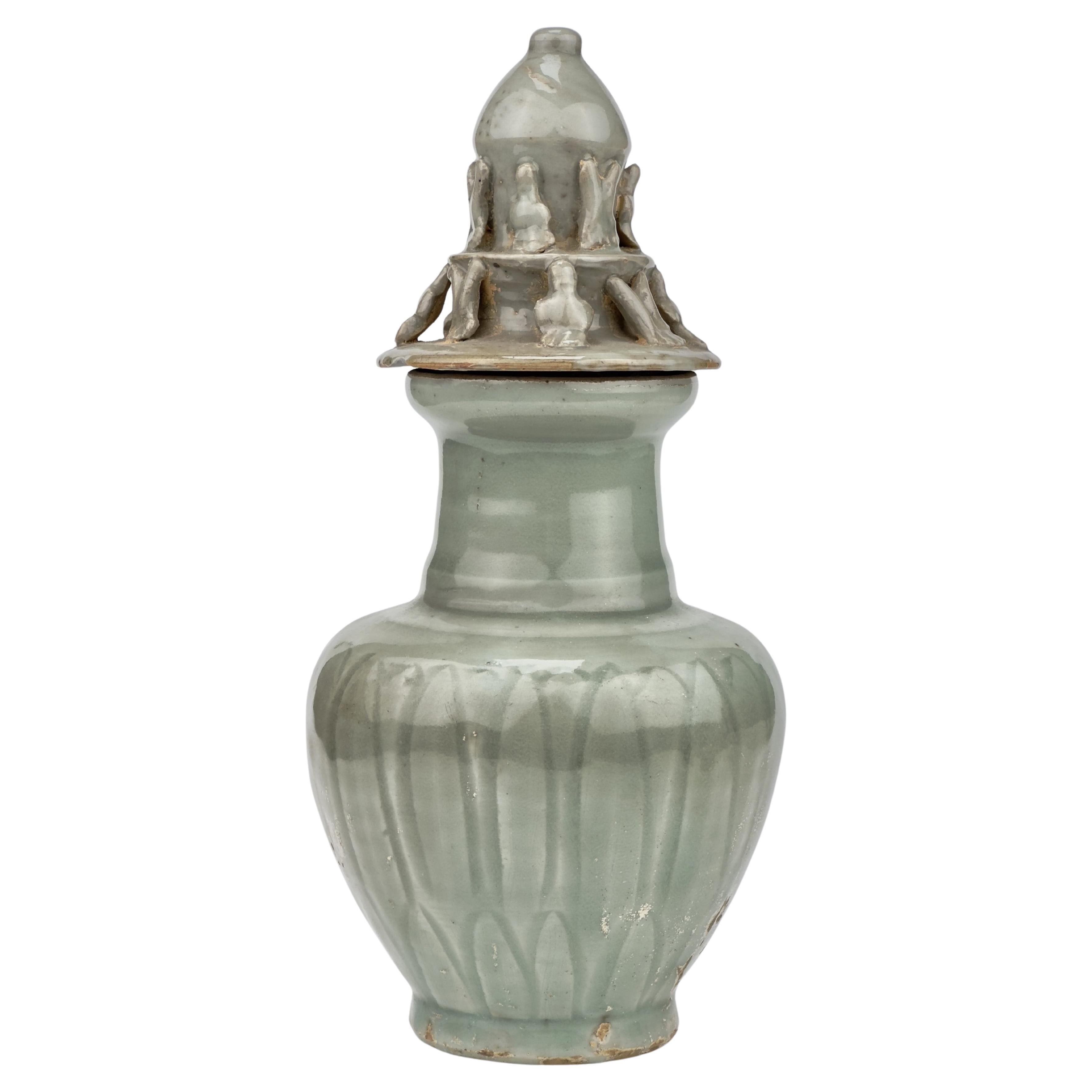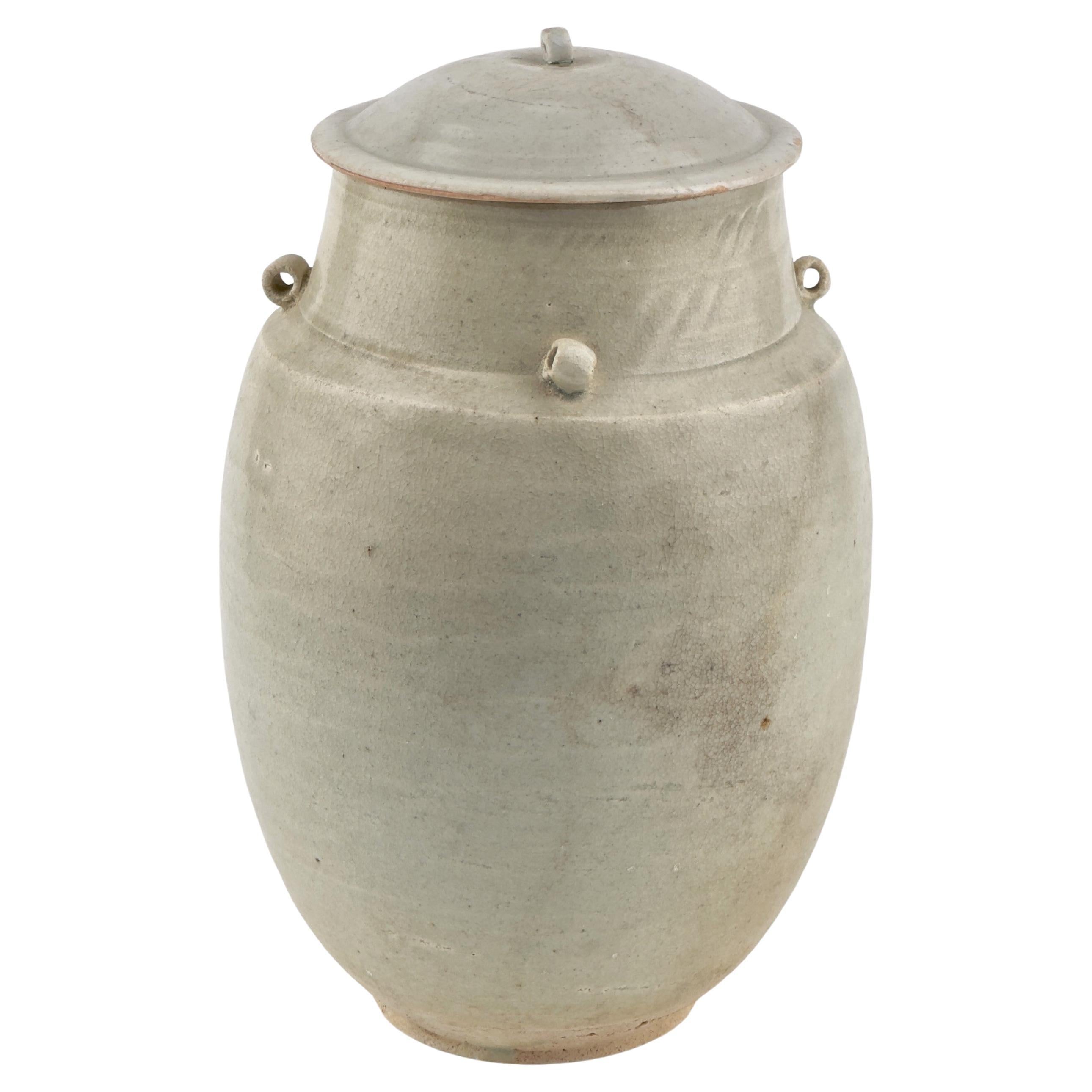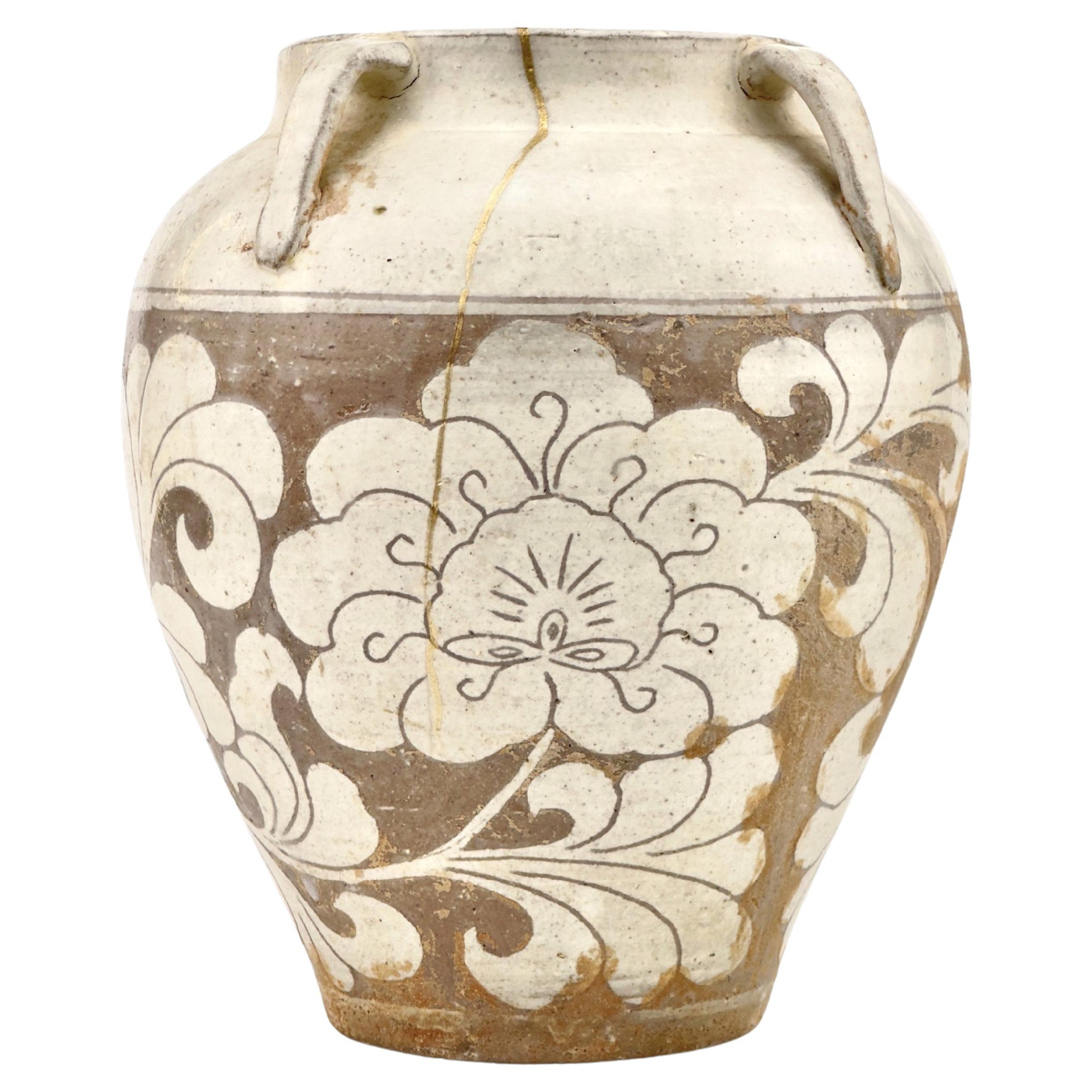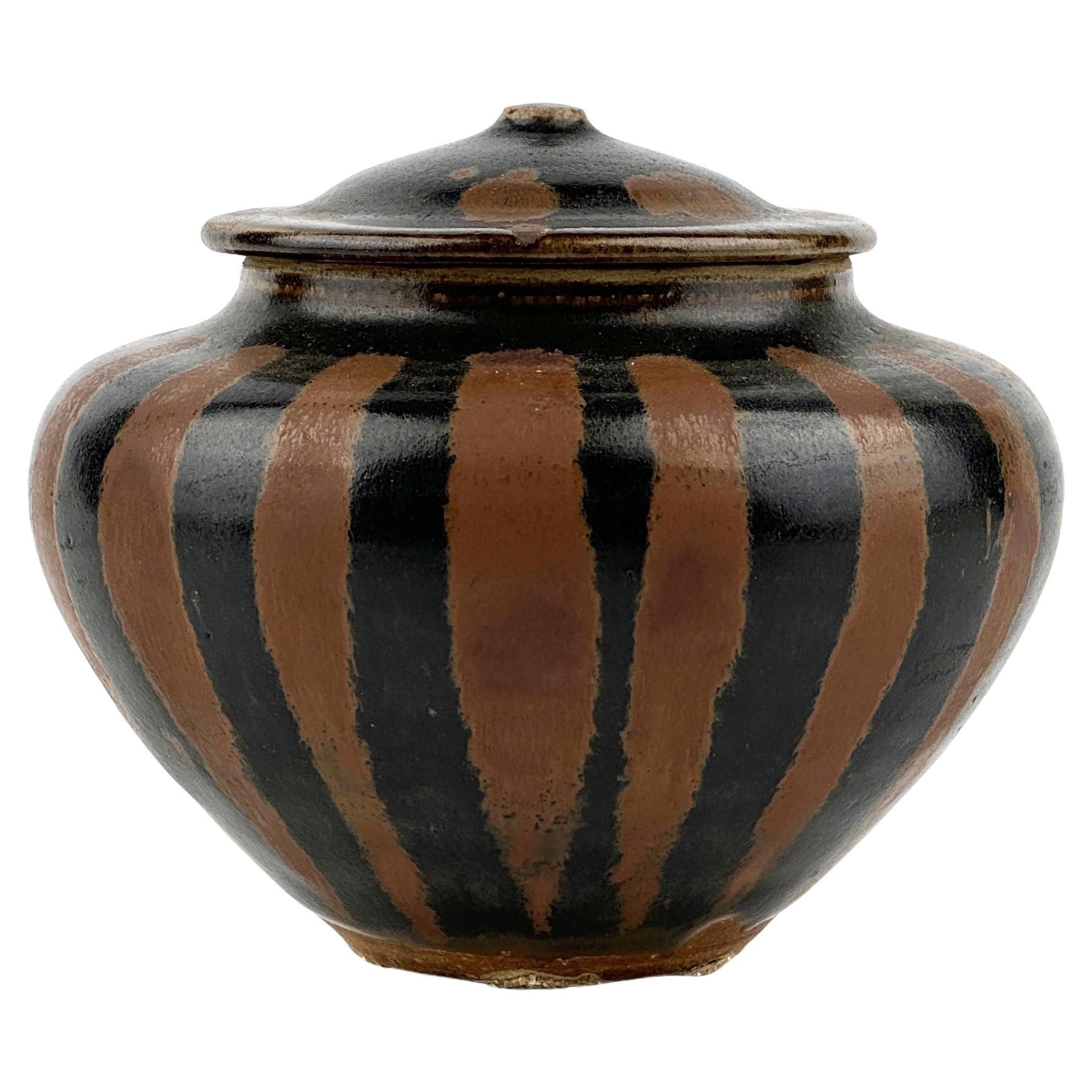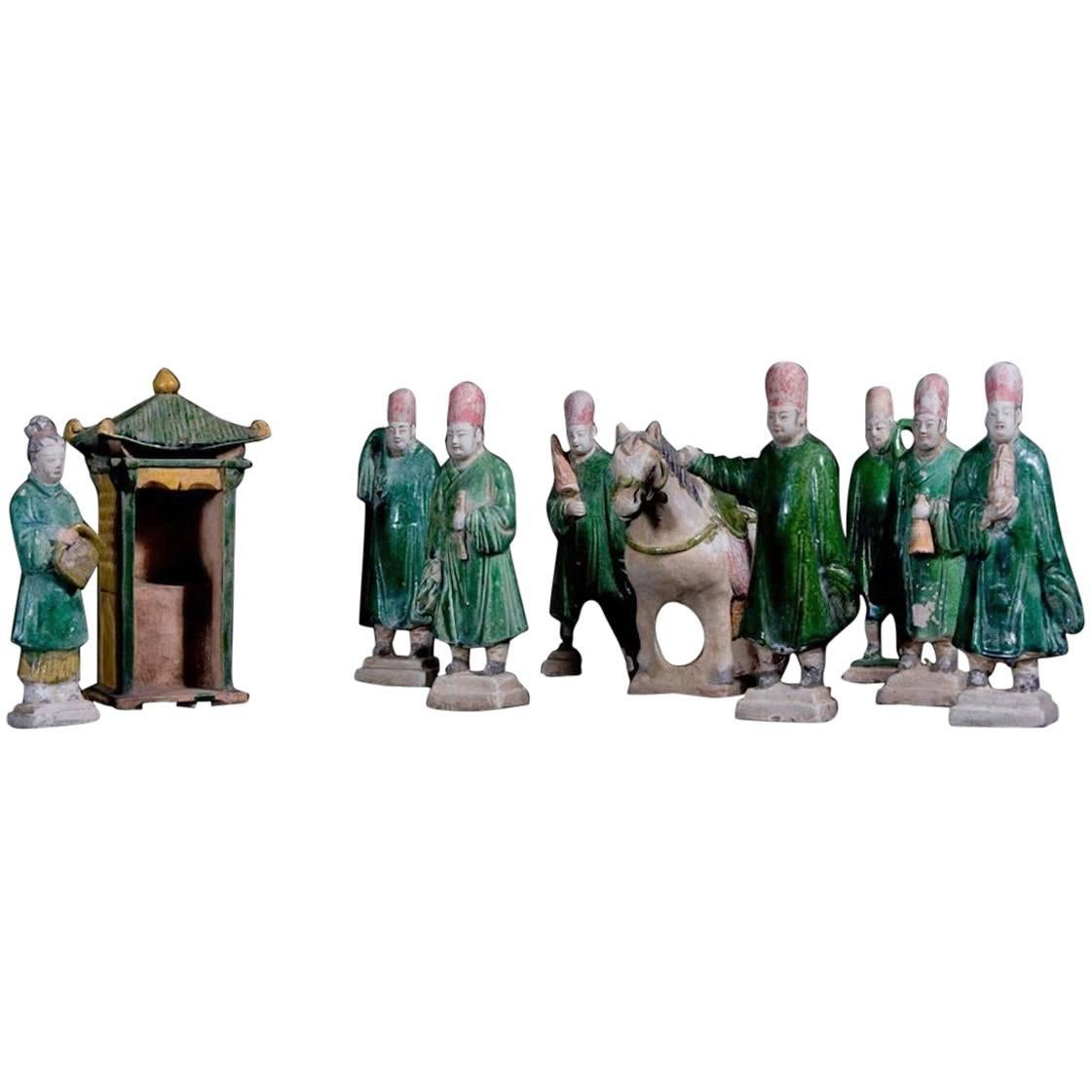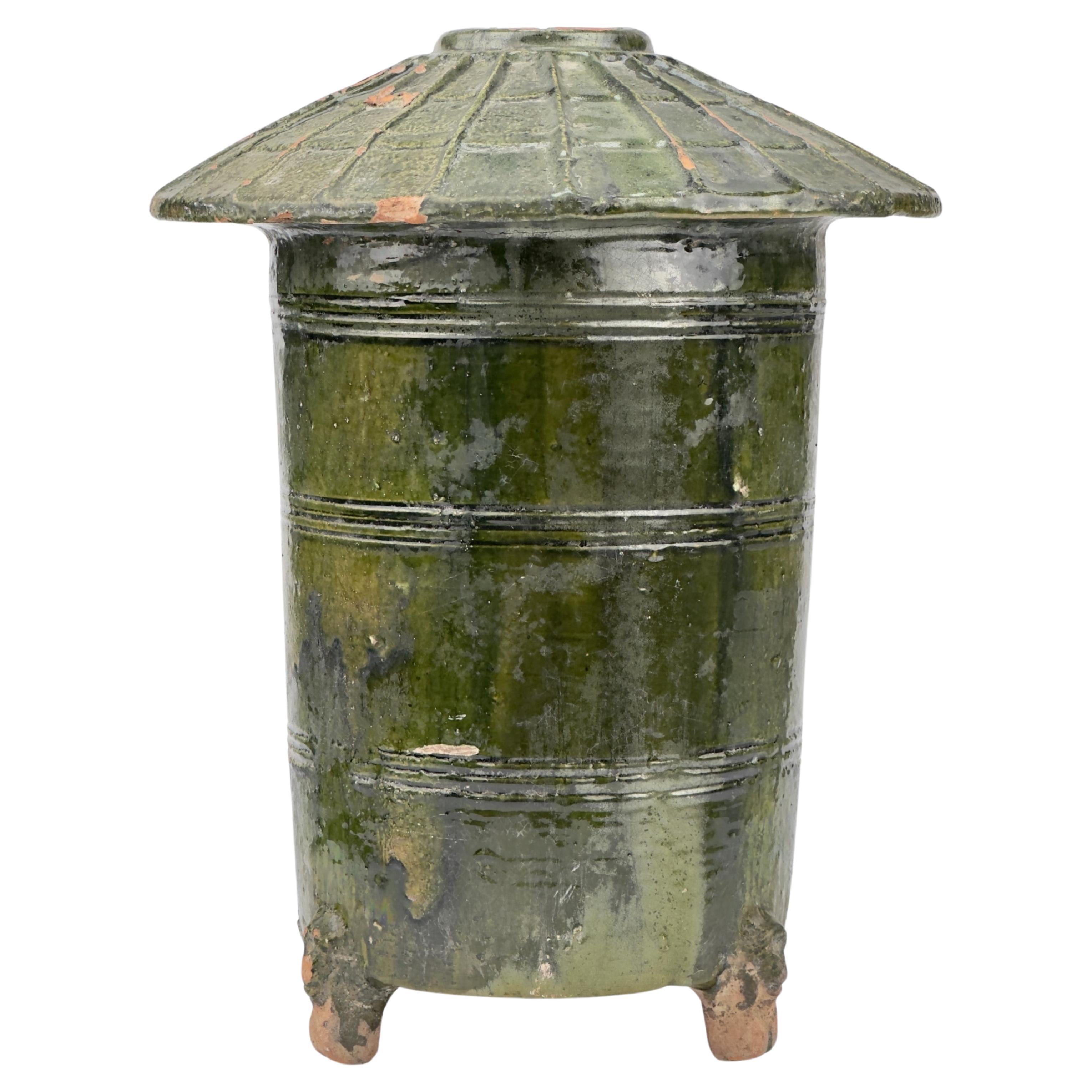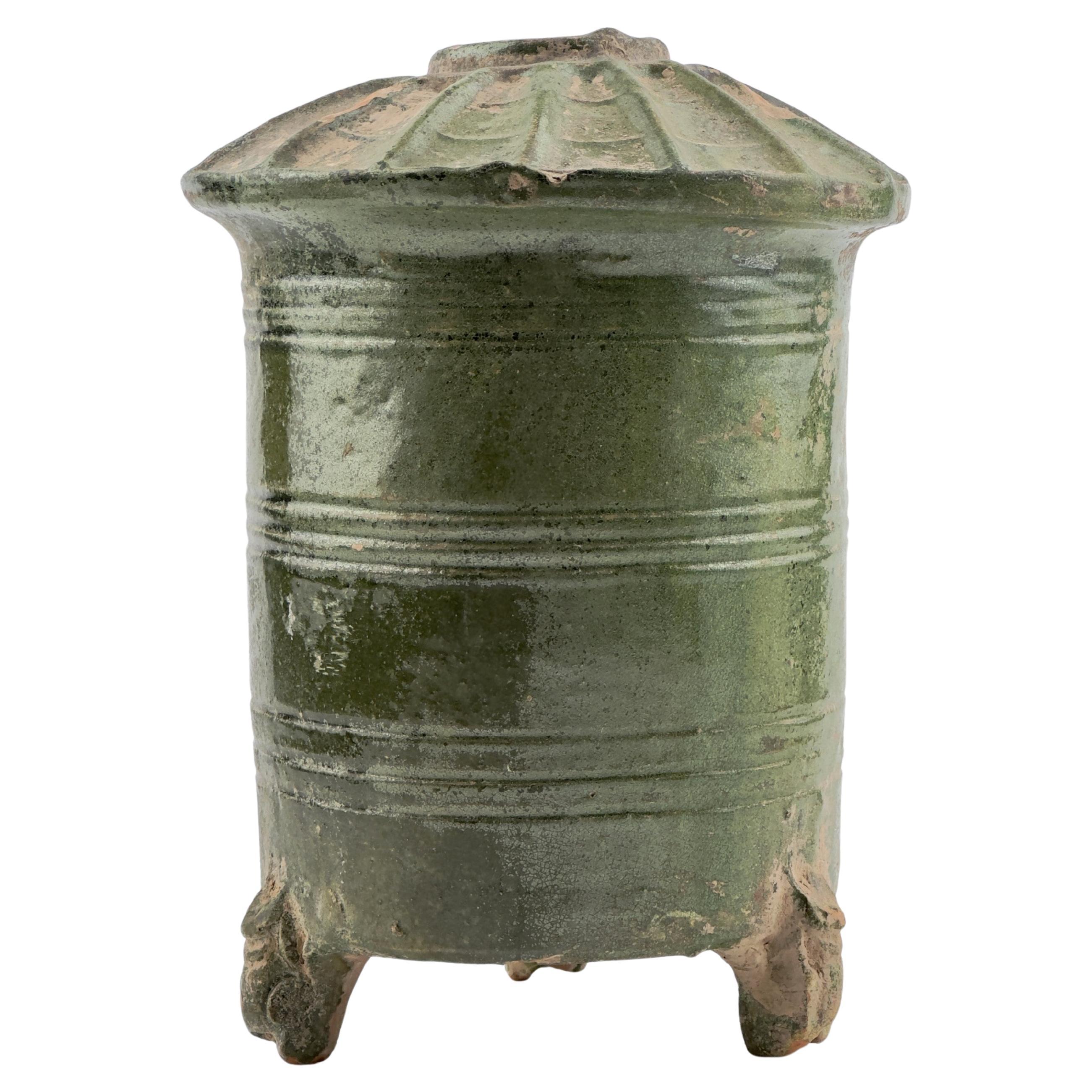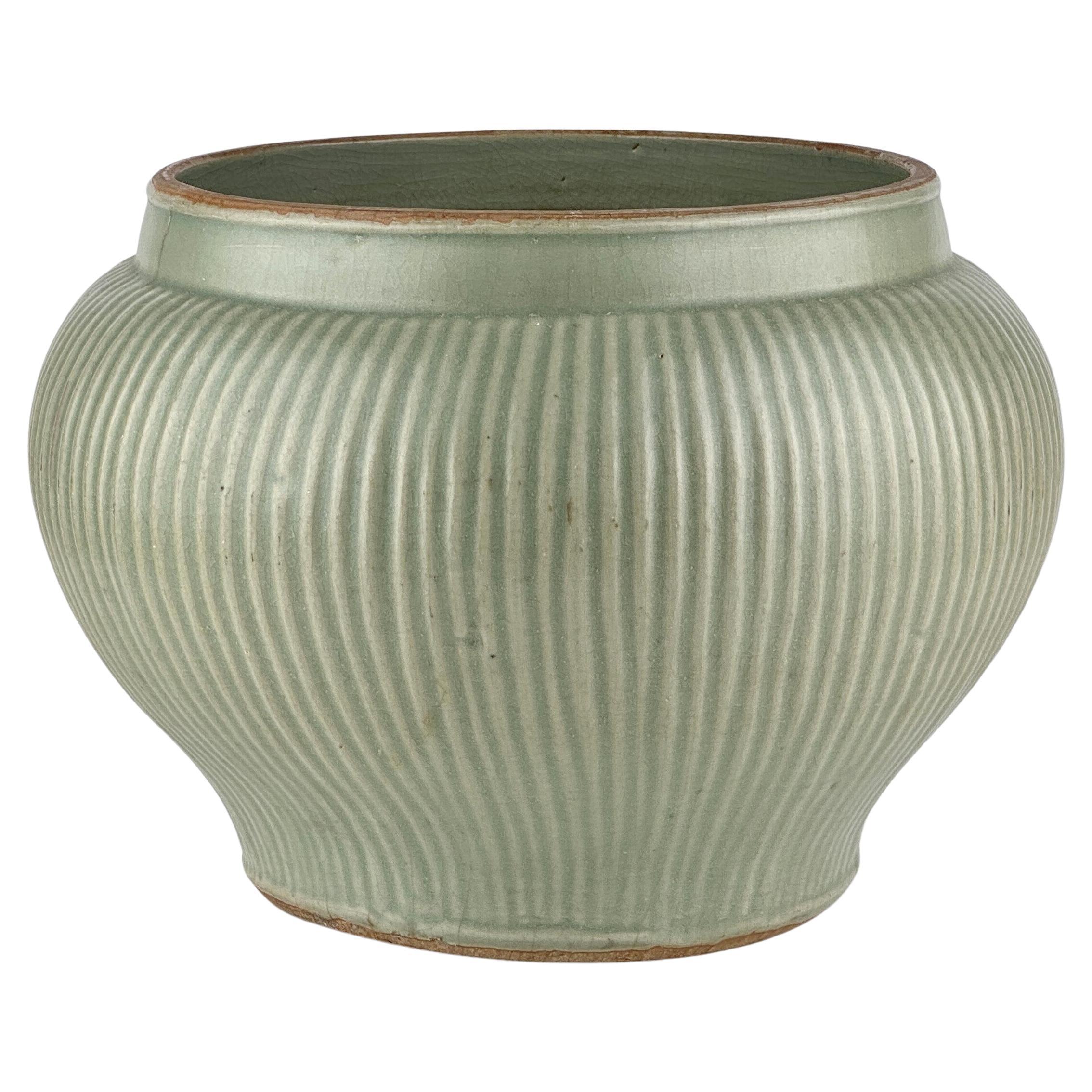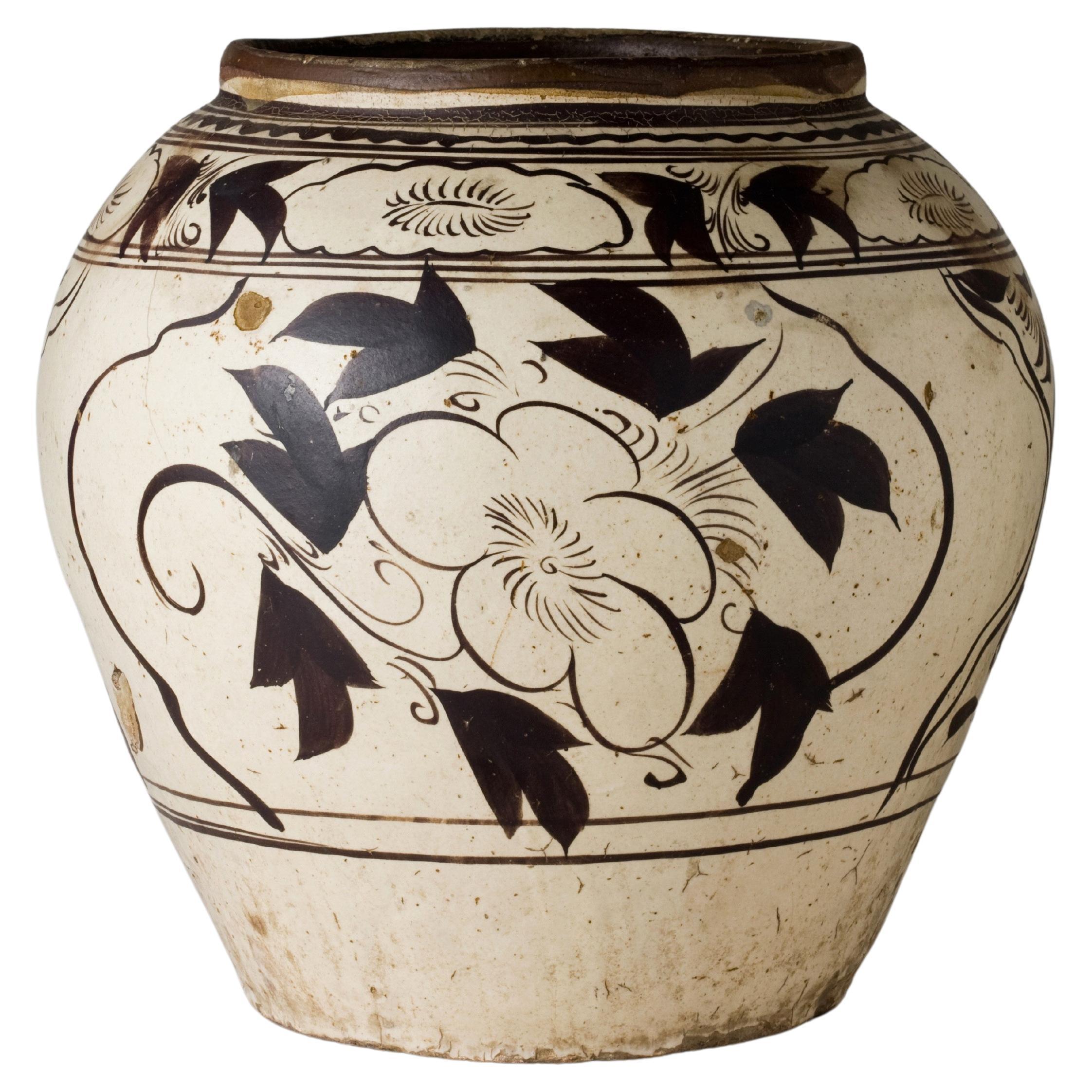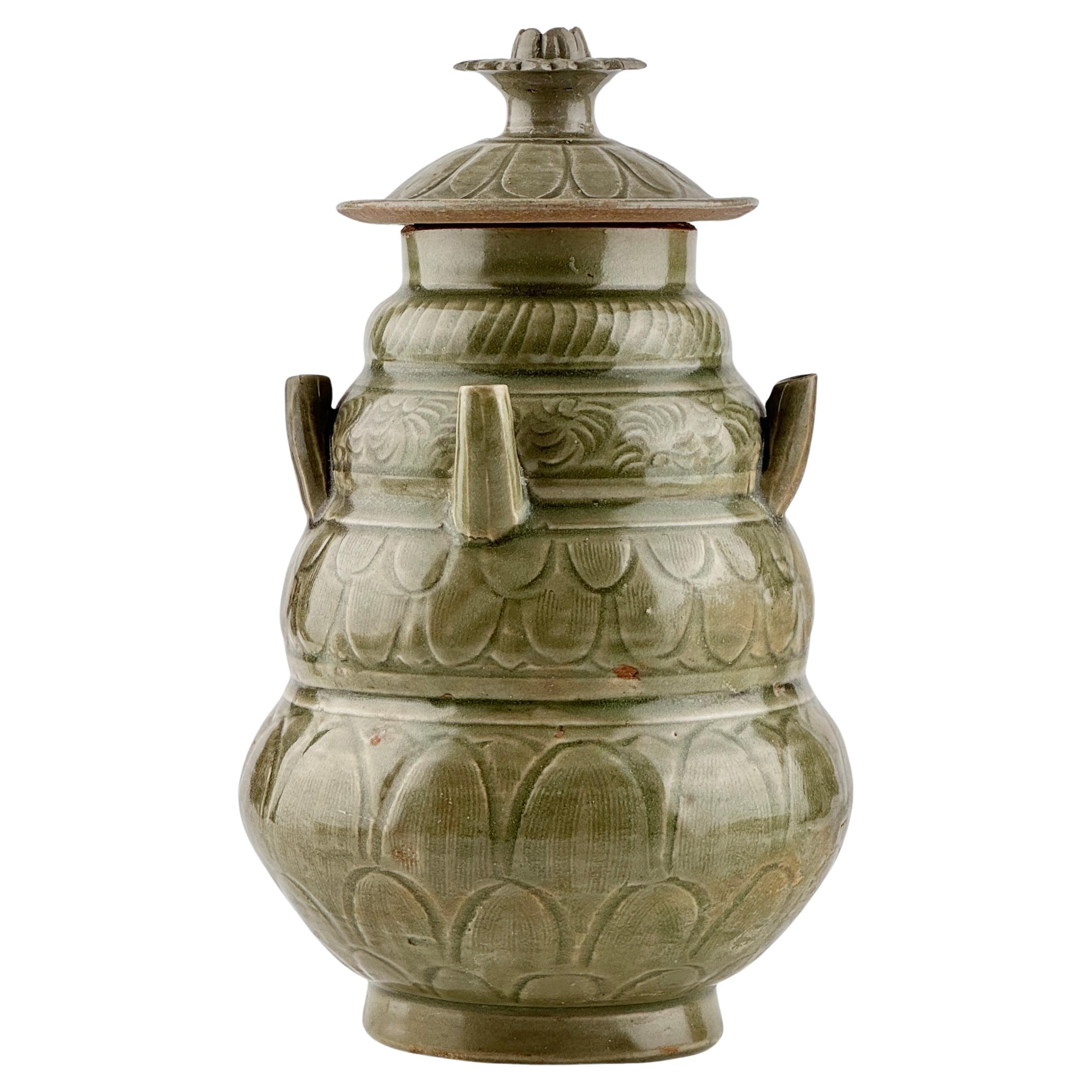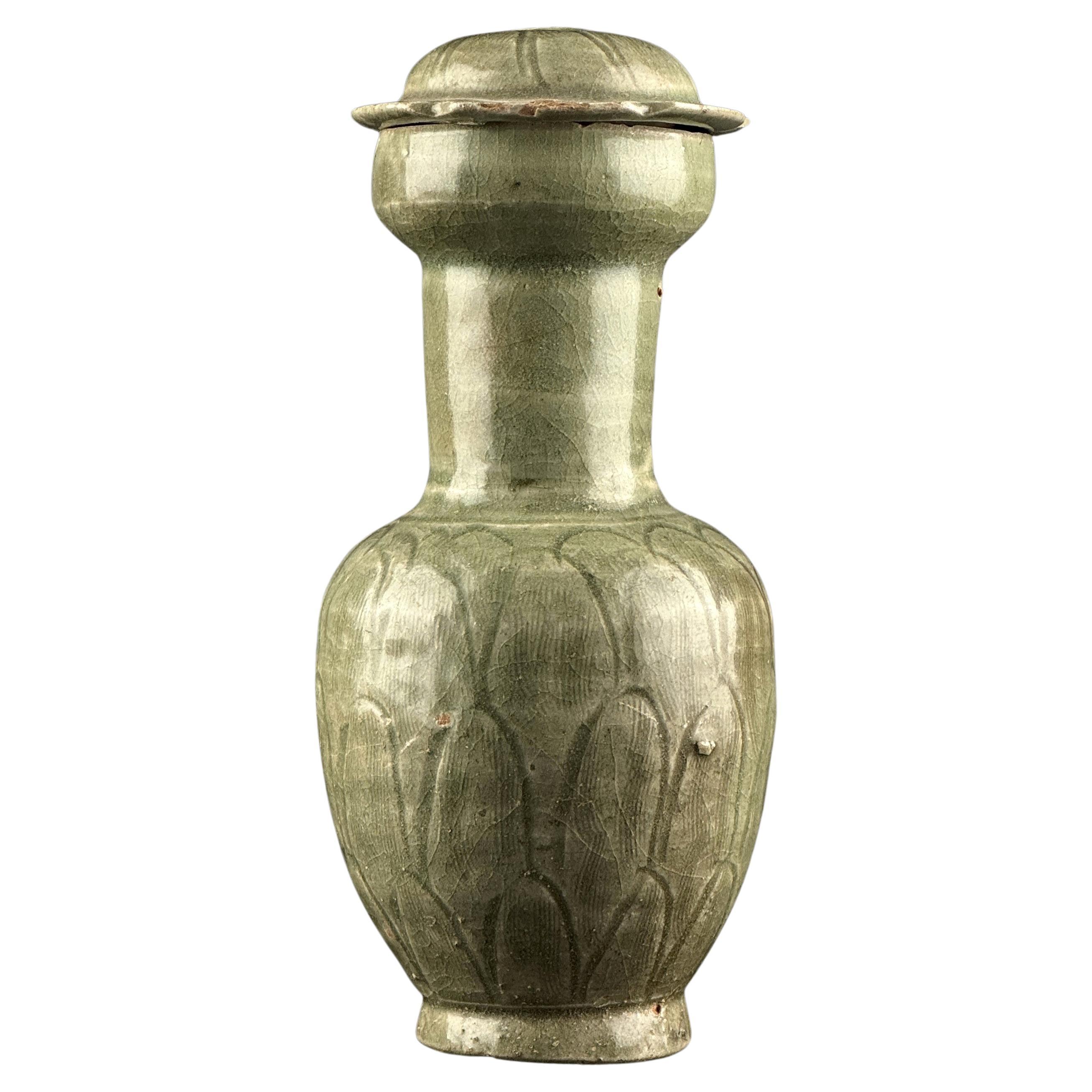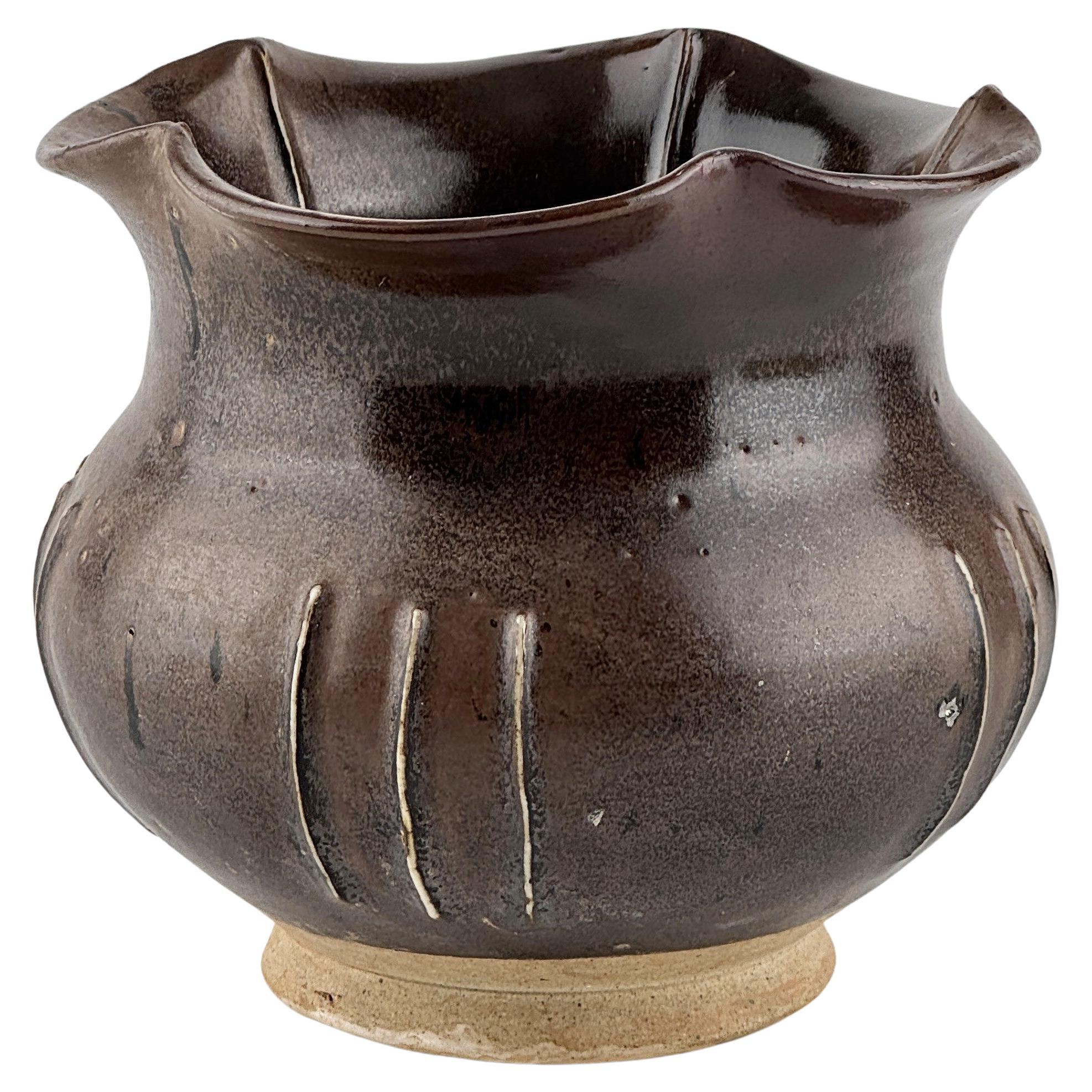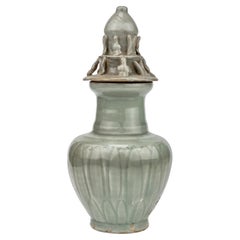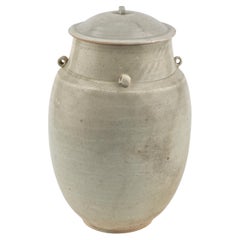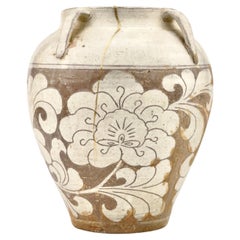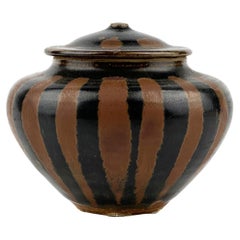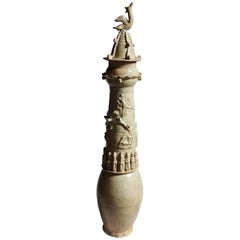
Large Chinese Song Dynasty 1, 000 Year Old Decorative Funerary Jar
View Similar Items
1 of 9
Large Chinese Song Dynasty 1, 000 Year Old Decorative Funerary Jar
About the Item
- Dimensions:Height: 31.89 in (81 cm)Diameter: 7.88 in (20 cm)
- Place of Origin:
- Period:
- Date of Manufacture:Unknown
- Condition:Minor losses. The condition of this item is very good taking into account the fact that it is around 1,000 years old. Damages and losses are recorded in the photographs (2).
- Seller Location:Berwickshire, GB
- Reference Number:Seller: 5951stDibs: LU3573110173201
Authenticity Guarantee
In the unlikely event there’s an issue with an item’s authenticity, contact us within 1 year for a full refund. DetailsMoney-Back Guarantee
If your item is not as described, is damaged in transit, or does not arrive, contact us within 7 days for a full refund. Details24-Hour Cancellation
You have a 24-hour grace period in which to reconsider your purchase, with no questions asked.Vetted Professional Sellers
Our world-class sellers must adhere to strict standards for service and quality, maintaining the integrity of our listings.Price-Match Guarantee
If you find that a seller listed the same item for a lower price elsewhere, we’ll match it.Trusted Global Delivery
Our best-in-class carrier network provides specialized shipping options worldwide, including custom delivery.You May Also Like
Carved 'Longquan' Celadon-glazed Funerary vase and cover, Song dynasty
Located in seoul, KR
The vase features a ribbed body, subtly enhancing its graceful contours, and is topped with a uniquely sculpted lid adorned with figurative elements.
Period : Song Dynasty
Type : Ce...
Category
Antique 15th Century and Earlier Hong Kong Antiquities
Materials
Celadon
$3,995 Sale Price
50% Off
White Ware Covered Jar, Song Dynasty
Located in seoul, KR
It features a smooth, rounded body with a soft white glaze that highlights its elegant, minimalist design. The lid is carefully crafted to fit securely, while the jar’s simple form i...
Category
Antique 15th Century and Earlier Hong Kong Antiquities
Materials
Pottery
$1,673 Sale Price
30% Off
Cizhou Lotus Carved Jar, Song-Yuan dynasty
Located in seoul, KR
This jar features a carved design, which is typical of Cizhou ware. It has a creamy white and brown color scheme, and the prominent decoration of lotus flower, which is a common motif in Chinese art and culture, symbolizing purity and enlightenment.
The carving technique involves coating the vessel with a layer of white slip (liquid clay), then carving away parts of it to create the design, revealing the darker clay body beneath. This technique allows for a strong contrast between the background and the carved motif.
Period : Song-Yuan Dynasty
Type : Jar
Medium : Cizhou Ware
Size : 21.5 cm(Height), 11cm(Mouth Diameter)
Provenance : Acquired in 1999, Hongkong
* Cizhou Ware
Cizhou is the name given to a number of stonewares, grey or buff, of varying degrees of hardness, with painted, incised or carved decoration on a clay slip. These stonewares were not only made in the region of Cizhou, Hebei Province, but in several provinces of China during the Song, Yuan and Ming periods. The great centres of production were in the north of China in the provinces of Hebei, Henan and Shanxi.
Cizhou wares seem to have been very popular, made for a clientèle of rich merchants, at a period when the paintings of famous...
Category
Antique 15th Century and Earlier Hong Kong Antiquities
Materials
Pottery
$3,835 Sale Price
35% Off
A Russet-Splashed Blackish-Brown-Glazed Jar, Song Dynasty
Located in seoul, KR
Lustrous blackish-brown glaze decorated on the exterior with lines of splashes of russet color. This jar features a rounded and voluminous body, with its shoulders gently curving upward to meet the lid. The lid is topped with a small knob-like handle at the center, creating a harmonious and well-balanced overall proportion.
Under microscopic magnification, the brown-glazed...
Category
Antique 15th Century and Earlier Hong Kong Antiquities
Materials
Ceramic
$8,775 Sale Price
35% Off
Impressive Terracotta Funerary Procession - Ming Dynasty, China '1368-1644 AD'
Located in San Pedro Garza Garcia, Nuevo Leon
Impressive Funeral Ensamble of 10 Terracotta Glazed Figures in green and caramel colors depicting a votive procession with a palanquin, his four carriers, a horse, a stableman, two musicians, and an offering carrier.
This ensemble is accompanied by a Certificate of Authenticity, and Certificate of Expertise by Jean-Yves Nathan - Specialist in Asian Arts for the CEDEA (The European Confederation of Art Experts).
Burial figurines of graceful dancers, mystical beasts, and everyday objects reveal both how people in early China approached death and how they lived. Since people viewed the afterlife as an extension of worldly life, these figurines, called mingqi, sometimes referred as “spirit utensils” or “vessels of ghosts” disclose details of routine existence and provide insights into belief systems over a thousand-year period.
The Ming dynasty was the ruling dynasty of China – then known as the Empire of the Great Ming – for 276 years (1368–1644 AD). Founded by Chu Yuan-chang, the rebel leader that was successful in removing the mongols from the throne. Chinese control was re-asserted in China and eastern Asia. Literature became more important, schools were created, and the justice system was reformed. The Ming dynasty is described by some as "one of the greatest eras of orderly government and social stability in human history,” was the last imperial dynasty in China ruled by ethnic Han Chinese.
The practice of burying ceramic objects with the deceased went into decline from the 10th to the 14th Century AD. There was a revival in placing miniature representations of glazed terracotta objects such a furniture, food offerings, horses, miniature statues...
Category
Antique 15th Century and Earlier Chinese Ming Antiquities
Materials
Terracotta
Funerary Model of a Granary, Han dynasty
Located in seoul, KR
Cylindrical vessel on three animal-shaped feet (dragon or snake), wall with profile grooves, roof. Ceramic with green transparent glaze. "Iridescence" is observed in surface.
Period...
Category
Antique 15th Century and Earlier Hong Kong Han Antiquities
Materials
Stoneware
$2,242 Sale Price
25% Off
Recently Viewed
View AllMore Ways To Browse
Egret Bird
Standing Crane
Large Celadon Vase
Dragon Ware
Pair Of Chinese Cranes
Vases Glazed Chinese Dragons
Antique Dragon Jar
Chinese Porcelain Cranes
Celadon Jar
Pair Covered Chinese Jars
Chinese Funerary
Pair Celadon Vases
Song Dynasty Celadon
Yuan Porcelain
Chinese Porcelain Yuan
Vase Chinese With Cranes
Yuan Dynasty Porcelain
Pair Porcelain Bird Figures
